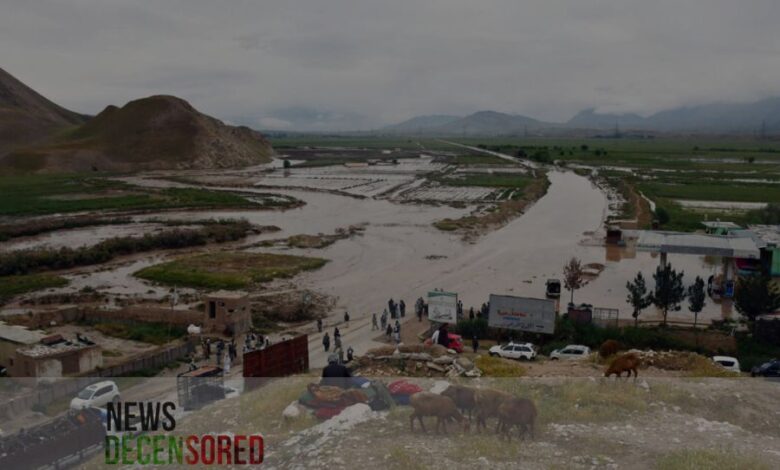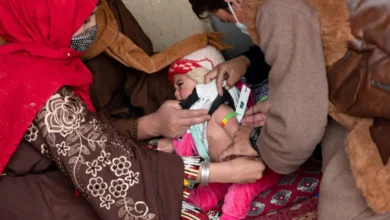Extreme Floods Take Over Afghanistan, with Hundreds of People Dead and Thousands Homeless

This year’s seasonal rains have been so heavy that many people have suffered from them, especially in the northern province of Baghlan. Flash floods swept across the villages, causing a trail of destruction. The UN World Food Programme evaluates that more than 300 people have died in the catastrophe, while thousands of homes have been destroyed.
The number of people who have been lost in this disaster is overwhelming. Shopkeeper Nazer Mohammad, who lived in Pul-e-Khumri, the provincial capital, had lost his all in a split second. When he arrived at his home, it had disappeared, and instead, a scene of destruction was there – mud and water, where his life had been earlier. He finally buried his wife and two sons, but the search for his two daughters, six and eleven years old, is still ongoing.
Kids are the most vulnerable in this situation. The UNICEF reports that more than 50 children have been confirmed to have died. Global assistance organizations are in a hurry to give help, and UNICEF, WHO, and Save the Children have already started mobilizing resources. The WHO has supplied 7 tonnes of essential medical equipment, and at the same time, Save the Children has set up a mobile clinic staffed by health practitioners and child protection teams to help the affected families in Baghlan.
“People and their sources of income have been transported away,” said Arshad Malik, Country Director for Save the Children. The floods wrecked the houses, animals, and anything else these families had created. Many were already in a bad financial situation after years of drought. Now, they face destruction.
Apart from that, Afghanistan’s inability to prepare for climate change-related disasters makes the problem even worse. The nation is especially prone to the impacts of climate change; thus, the issue needs to be tackled urgently. Malik, the head of Save the Children, has stressed the critical need for the whole world to help in this desperate situation.
This is not the first flood to ravage Afghanistan. As of April, violent rains and flash floods killed at least 70 people and destroyed almost 2000 houses. On the contrary, the ongoing disaster is worse than the previous one. The northern province of Baghlan was the most hit by the heavy, severe rains, and lately, the roads and bridges have become damaged, making it hard for the relief efforts to be successful.
It is thought that the number of houses damaged or destroyed is over 2,600, and 1,000 farms have turned into graveyards. The Taliban regency and non-governmental organizations have cited the fact that the number of deaths could be even higher in the future. The history of Afghanistan, which is related to natural disasters, is old enough, and the United Nations thinks it is very prone to the effects of climate change.
In the last efforts to get help from the UN, the humanitarian agencies, and private companies, the Taliban’s economy minister, Din Mohammad Hanif, made a statement meant for the UN, the humanitarian agencies, and private companies to assist the flood victims.
Afghanistan is currently stuck at a junction. It has been made to rebuild its ruined life and infrastructure and fight the harsh reality of the constantly changing climate. Global teamwork and constant support are the main reasons for facing this crisis and thus helping the Afghans rebuild.




